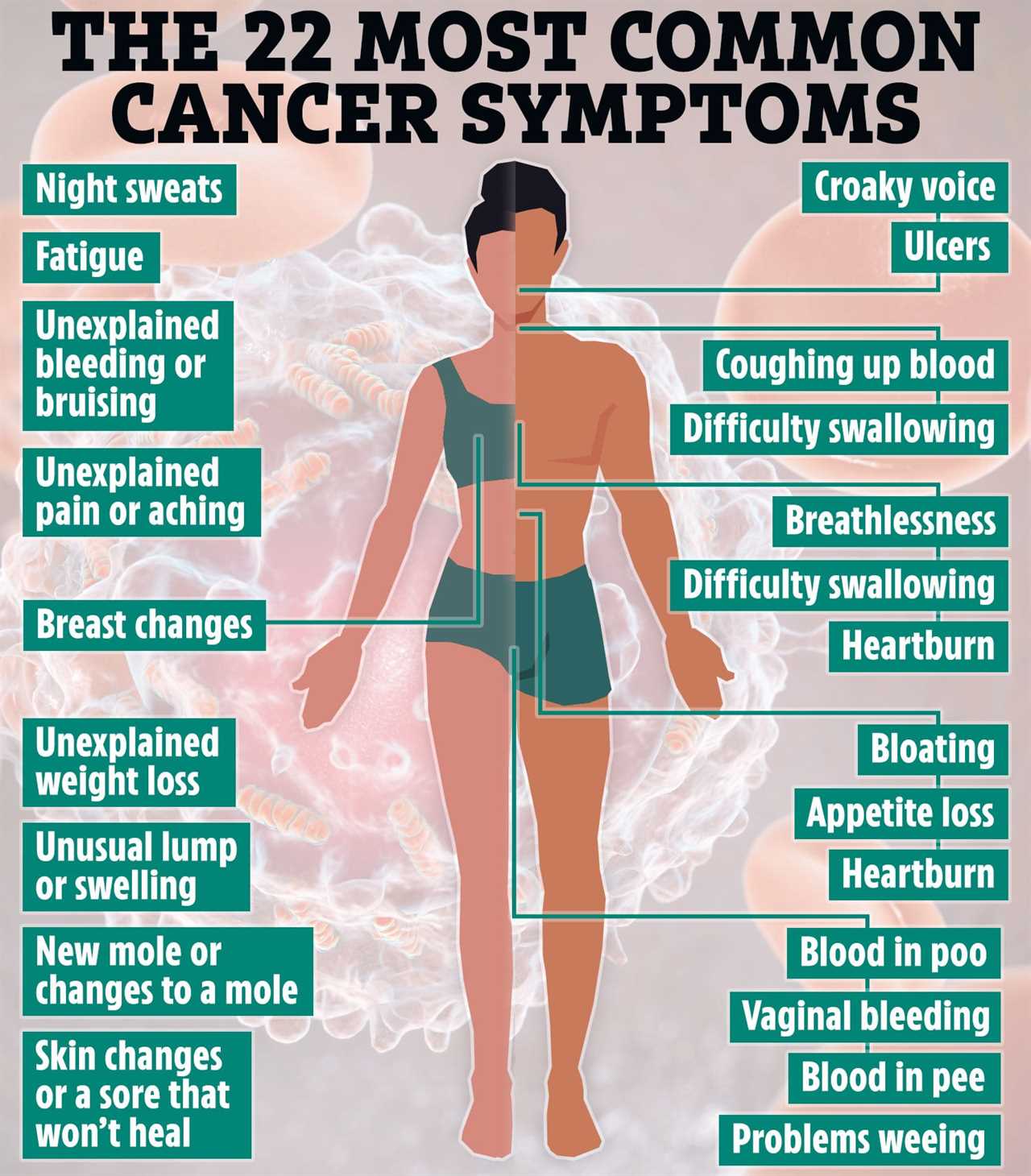
Understanding the Different Treatment Options
With over 200 types of cancer, each requiring a unique approach to diagnosis and treatment, navigating the world of cancer treatments can be complex. From common types like breast and bowel cancer to rarer forms such as melanoma and brain tumours, a plethora of medications and therapies are available to patients.
Exploring the Six Main Ways of Treating Cancer
According to the NHS, there are six primary methods of treating cancer, each tailored to the individual and the stage of their disease.
1. Surgery
For many types of cancer, surgery is a common approach to removing diseased tissue from the body. However, this method may not be suitable for all types, such as leukaemia and lymphoma, where cancer has spread extensively. Various surgical techniques, from open surgery to robotic assistance, are utilized based on the specific needs of the patient.
2. Radiotherapy
Radiation therapy, using high-energy radiation like X-rays, is a key part of treatment for almost half of all cancer patients. It can be administered internally or externally to target and destroy cancer cells, though it can come with side effects like fatigue and skin irritation.

3. Chemotherapy
Chemotherapy, involving cytotoxic drugs that circulate throughout the body, is a widespread method for killing cancer cells. It can be used as a primary treatment, before surgery or radiotherapy, or to prevent cancer recurrence. Despite its effectiveness, chemotherapy can lead to various side effects, including hair loss and nausea.
4. Hormonal Therapy
Commonly used for breast, womb, and prostate cancer, hormonal therapies work by altering hormone production or activity to slow down cancer growth. Side effects may include fatigue, hot flashes, and weight gain.
5. Targeted Therapy
Targeted therapies stimulate the immune system to control cancer cell growth and manage treatment side effects. Monoclonal antibodies and cancer growth blockers are among the targeted treatments used for advanced melanoma and certain types of leukaemia.
6. Stem Cell or Bone Marrow Treatments
Stem cells and bone marrow can be utilized in treating cancers like lymphoma, myeloma, and leukaemia, often in combination with high-dose chemotherapy. These treatments aim to replenish healthy blood cells and support the body's recovery.
Did you miss our previous article...
https://trendinginthenews.com/cancer/cancerstricken-woman-becomes-first-in-the-world-to-receive-anticancer-injection






